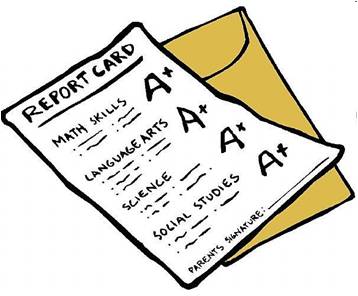|
|
Crucible ConnectionsAssessment Plan
I used three assessment tools in this Learning Experience. In addition to the three formal assessment tools throughout the Learning Experience, students were evaluated using informal assessments, such as oral question and answer. These informal formative assessments helped me keep the class focused as well as make sure that the material on the final assessment was covered completely. 1) Pre-Assessment- The day before the Learning Experience began, students were given a McCarthyism Pre-Test. On the pre-test, the students were asked to place a check mark by the sentence that best described them in regards to their familiarity with McCarthyism and its relation to The Crucible. I used the students’ responses to gauge my lesson for the following day. In addition to assessing students’ knowledge of McCarthyism, I also used this pre-test to assess students’ understanding of primary and secondary sources. (Bolded words are taken from the Performance Indicators, showing rubric’s alignment to the NYS Standards and Performance Indicators.) The students did not receive grades for this pre-test. 2) Formative Assessment- Also on the day before my Learning Experience, I gave the students a mini research assignment on McCarthyism for homework. For this assignment, the students were to conduct research on McCarthyism, using both primary and secondary sources of information on the internet. Independently, they were to analyze and integrate the data, facts, and ideas that they found on the website I gave to communicate information about McCarthyism, which is a major theme in United States history. Whether students’ responses on the pre-test showed that they knew a lot or knew little about McCarthyism, this project was sure to help each understand more. A four-point rubric entitled, "McCarthyism Research Assignment Rubric" was used to assess each student’s level of adherence to the following attributes: information is accurate; both primary and secondary sources of information are used; a correct works cited is included; an appropriate depth of research is obvious; and information is organized in a logical and meaningful manner, communicating findings effectively. (Bolded words are taken from the Performance Indicators, showing rubric’s alignment to the NYS Standards and Performance Indicators.) I gave the students a handout with all of the directions and specifications for the assignment as well as a copy of the rubric that I used to grade it. I also provided a teacher exemplar for the assignment. Having the rubric and the exemplar ahead of time allowed the students to know exactly what I was looking for. For this Regents 11 English class, students’ grades are divided into two categories: Major and Minor grades. Major grades include tests and large projects, assignments which require a significant time investment. Minor grades include all other assignments, such as quizzes, homework, in-class work, and even student participation. These assignments typically require less of a time investment. The students’ research assignments were graded as a Minor grade for the quarter. 3) Post/Summative Assessment- To conclude my Learning Experience, students were asked to take an assessment that I used as a measurement of their success. This assessment was comprised of a short reflective essay, which formally assessed the final objective of the Learning Experience. Through students’ written responses, I was able to assess their understanding of The Crucible and their ability to connect the information from the literary text to their new knowledge of McCarthyism from their independent research. This assignment was also categorized as a Minor grade. *Go to Procedure.
|
|||||||||
|
Updated:
July 13, 2009
|
